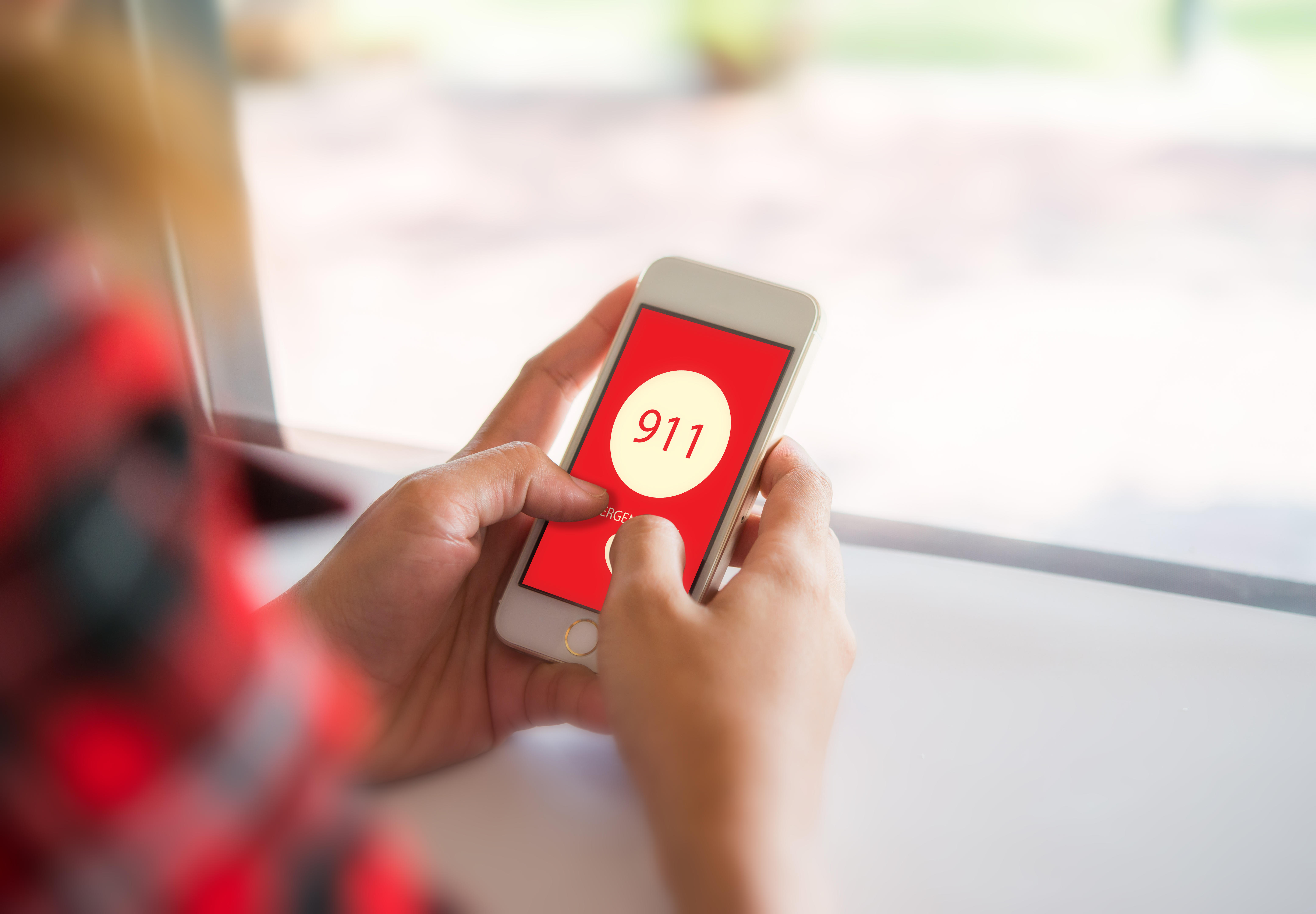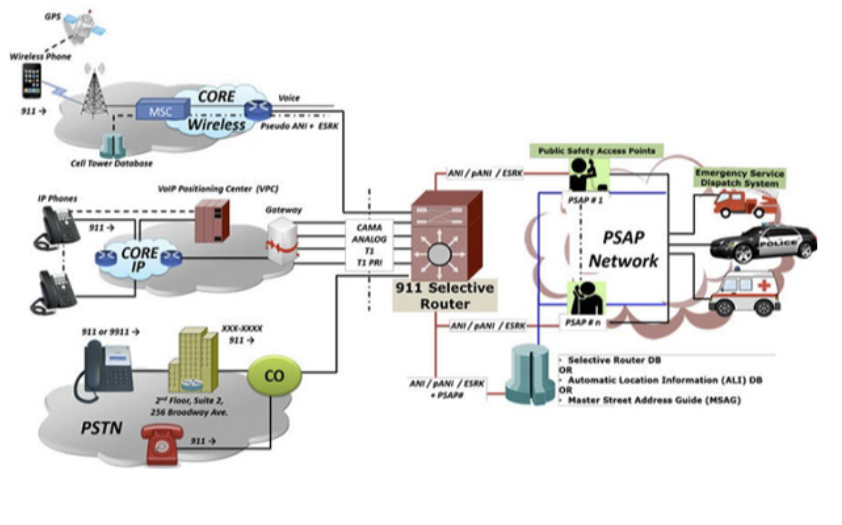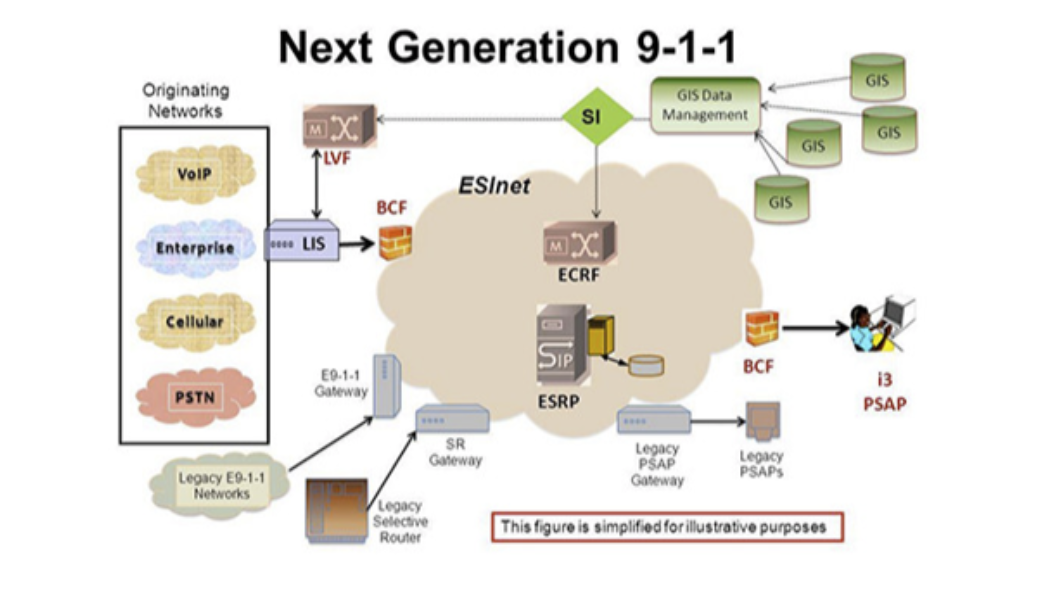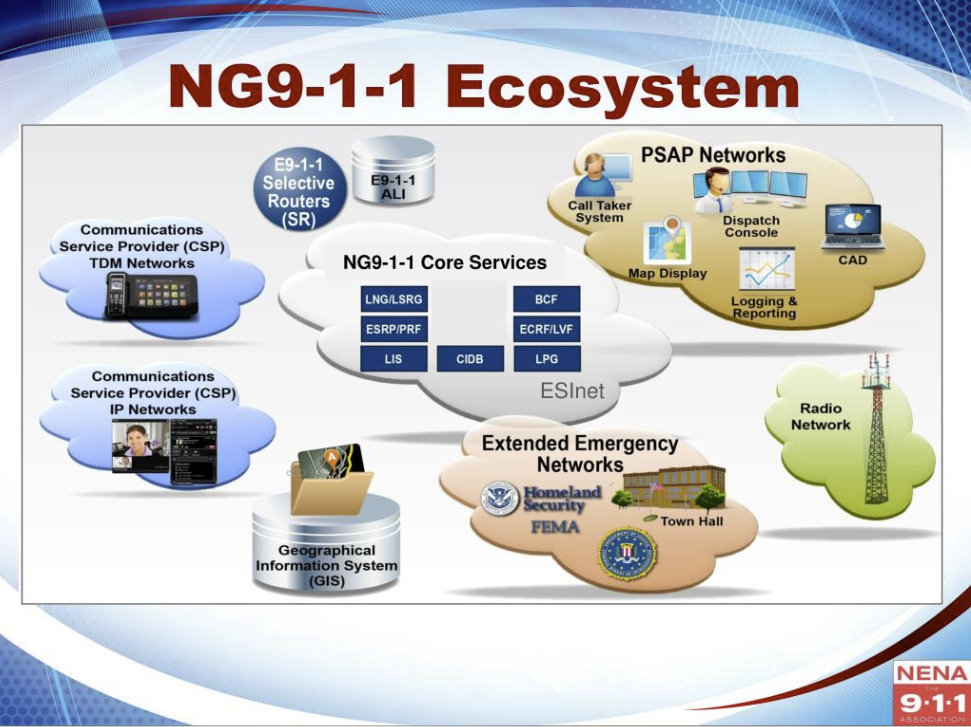I'm sure I'm not the only person who's ever wondered why Uber and Lyft can find someone, but first responders can’t. The primary reason is that most 911 systems were originally built using analog rather than digital technologies. Today we have public safety answering points (PSAPs) across the country that have basic or Enhanced 911(E911) and they need to be upgraded to Next Generation (NG911). While the technology to implement these new IP-based 911 systems is available, the transition to NG911 involves much more than just new computer hardware and software. Implementing NG911 in states and counties nationwide will require the coordination of a variety of emergency communication, public safety, legislative and governing entities.
The Federal Communications Commission (FCC) has taken several steps to improve the nation's 911 system and public safety by encouraging and facilitating deployment of a nationwide, seamless communications infrastructure for emergency services. In addition to addressing the challenges or issues with 911 as listed by the National 911 Program at 911.gov, the FCC has implemented legislation to specifically address issues behind the multi-line telephone system (MLTS) with Kari’s Law and Section 506 of RAY BAUM’S Act.
Public safety 911 systems with E911 can automatically report the telephone number referred to as Automatic Number Identification (ANI) and location referred to as Automatic Location Information (ALI) of 911 calls made from wireline phones. One of the primary problems behind an MLTS is the information automatically provided to the PSAP is typically only the billing telephone number (BTN) and associated address. The reason for this is that the carrier providing connectivity to the public switched telephone network (PSTN) only registers the BTN information as required, hence the problem that needs to be addressed with legislation. The MLTS caller’s true ANI and ALI are not readily available to the dispatcher. Secondly, if an E911 call needs to be transferred to another PSAP, because the call was misrouted, the transfers are limited to a bordering PSAP. These technical limitations are causing complications with the dispatch and emergency response outcomes. There can be a ripple effect in delays when dispatching with E911 from behind a E911 call or VoIP system. The most disturbing scenario I’m familiar with is the story of Jose Manuel Beltran, a 13-year-old boy in Delano, CA, who needed emergency services at school. The 911 call was misrouted, and the ripple effect of challenges as read in this article here, were all factors in the cause of Beltran's death.
Bill Svien of Vita Safety Partners recently wrote an article called "Copper Going Away Presents Another Challenge." The evolution in technology from copper to VoIP or SIP, the move to cloud communications, mobility, and the ability to work from home anywhere in the world with a phone on a business communications platform, provides a wide range of benefits, while adding to the complexity of maintaining a working emergency ecosystem within the organization's voice network.
Some organizations may have addressed the issues between the MLTS and E911 systems temporarily by using a PS-ALI or VPC service, or one of the many vendors that work with the enterprise to help organizations with compliance by providing additional technologies to automate the ANI/ALI from behind an MLTS. These 911 solutions are not one size fits all. It is important to understand the organization’s use cases, engage the right stakeholders, and develop a solid project plan before attempting to solve these problems in your environment. You may find a few of my previous articles and webinars helpful to implement and maintain a working emergency echo system, like "Top 10 Items To Include in Your NG911 Project Plan" and "Enterprise E-911 is NOT set it and forget it! The 3 reasons you need a maintenance plan."
The FCC initiated a comprehensive proceeding to address how NG911 can enable public safety by advanced communication technologies in 2010. NENA addresses standards for NG911 that are required for a Service Orientated Architecture (SOA) approach. NG911 will bring several improvements with a large-scale 911 network able to accept multimedia, voice, text, and video, if the right technology is in place from end to end.
I’ve included a few diagrams from the National Emergency Number Association (NENA) as examples of the technical and community network and resources that must come together for a successful outcome for NG911 and public safety. There are several acronyms for both E911 and NG911 included in these diagrams; these can easily be looked up if you’d like to dive deeper into the technologies behind the scenes. My goal with the article is to show a high-level overview of the technology in place and required for public safety, and to encourage you to do your homework if you are in any way responsible for the handling MLTS for your clients, employees, staff, visitors, patients, or students.
E911 Network -- Today's Technology
NG911 Network with Legacy Network included.
The goal of NG911 is to include all available resources for the best outcomes.












